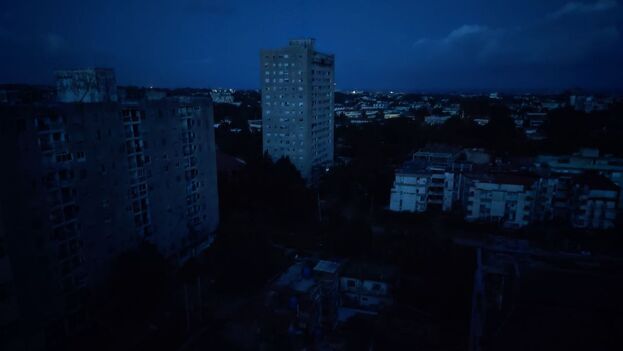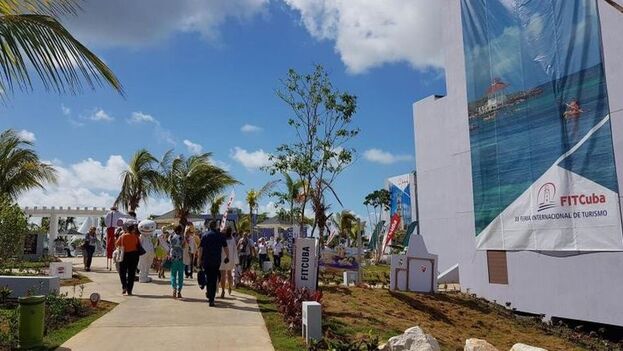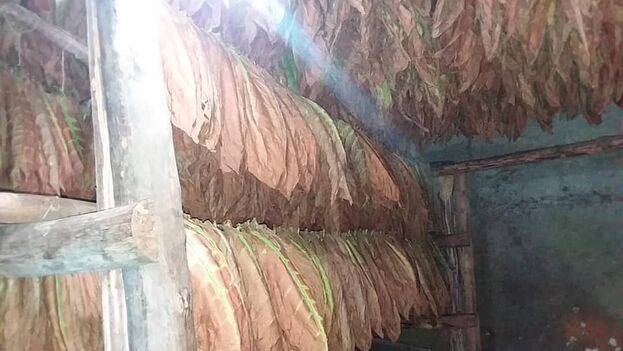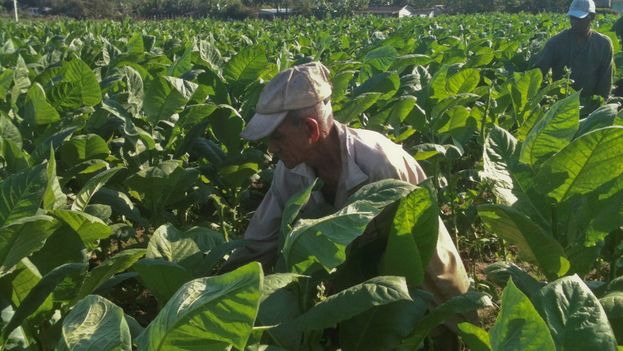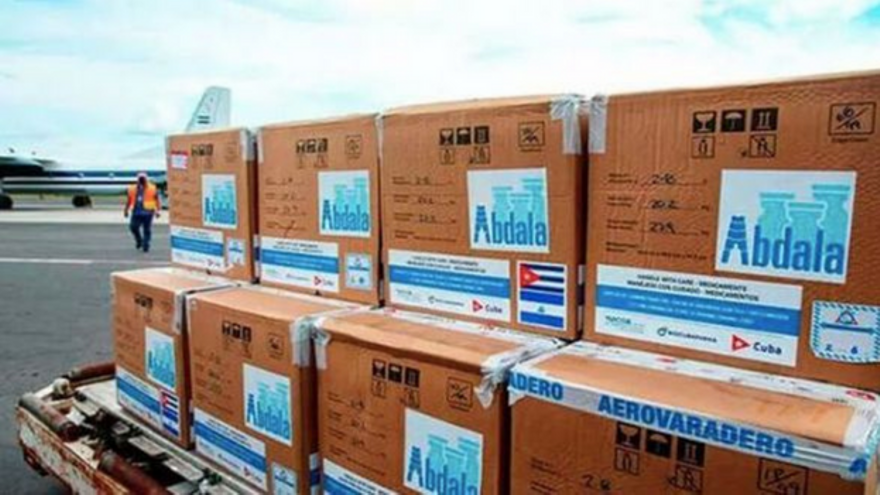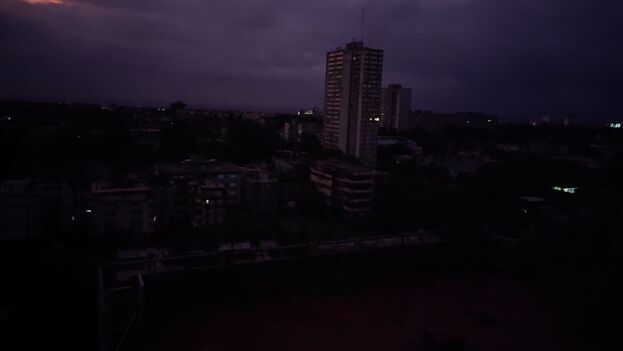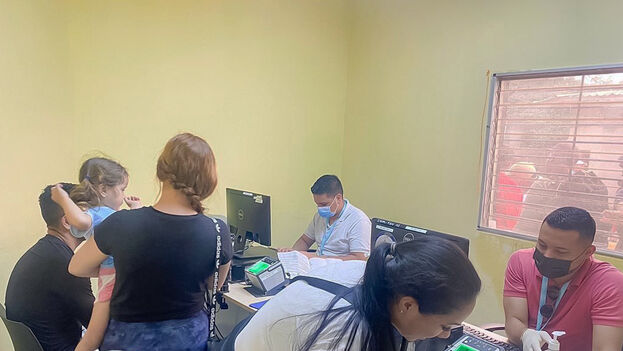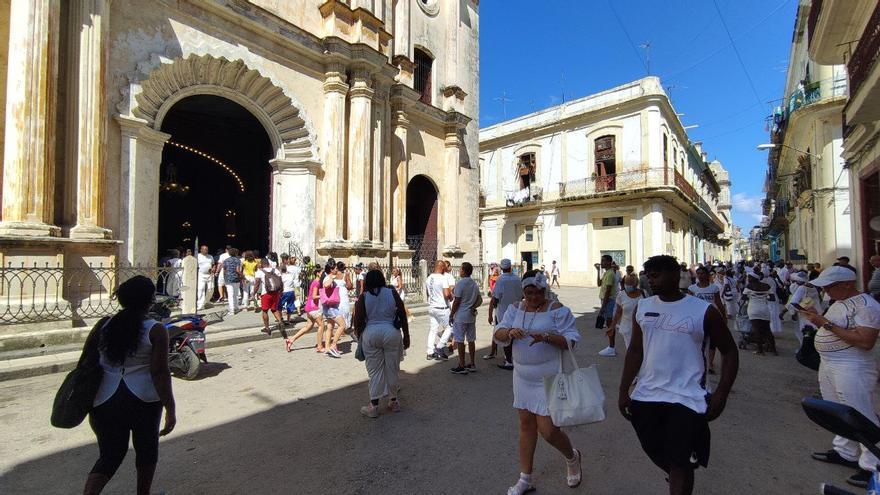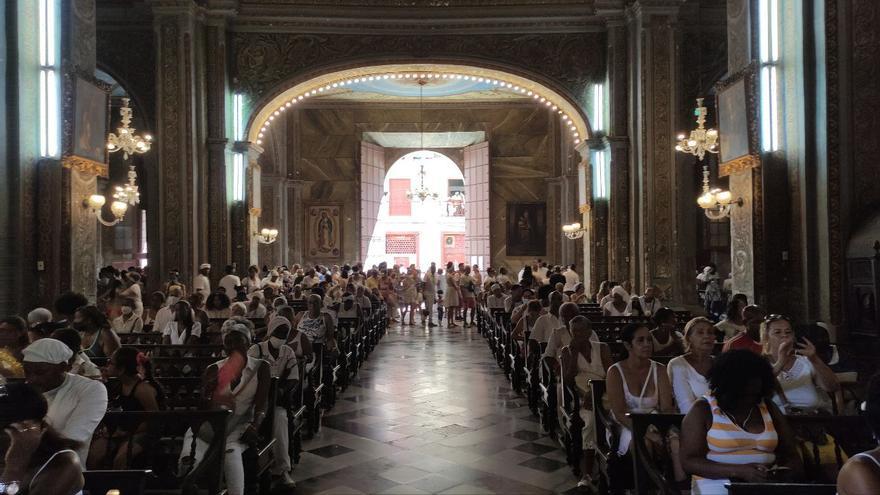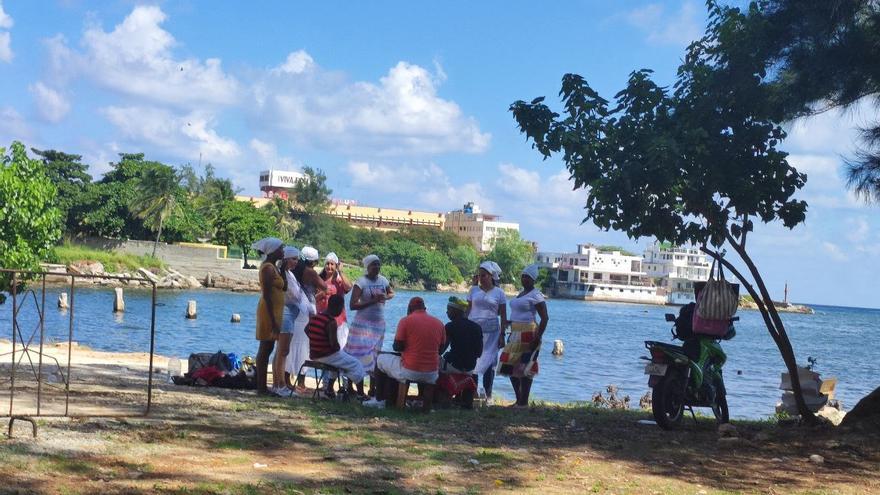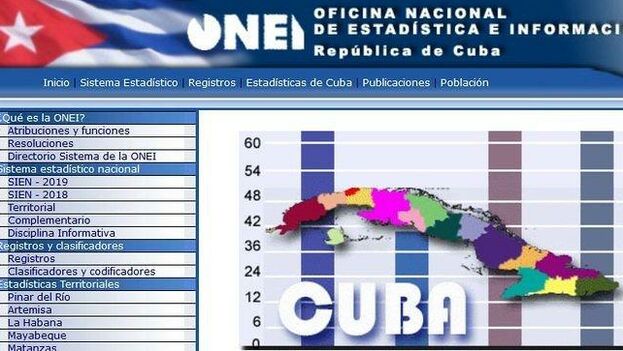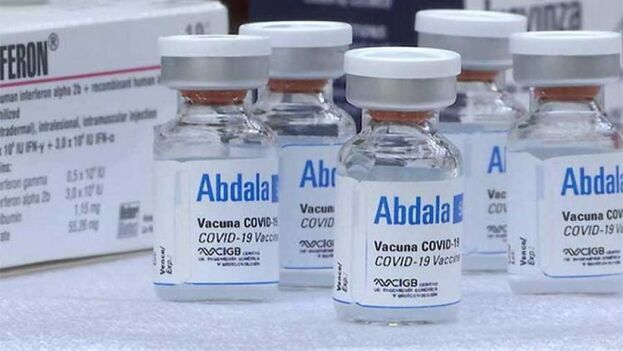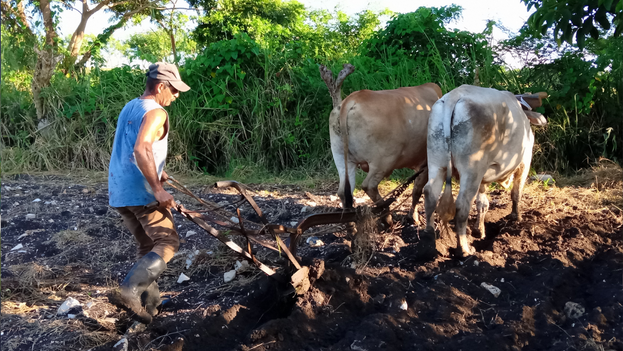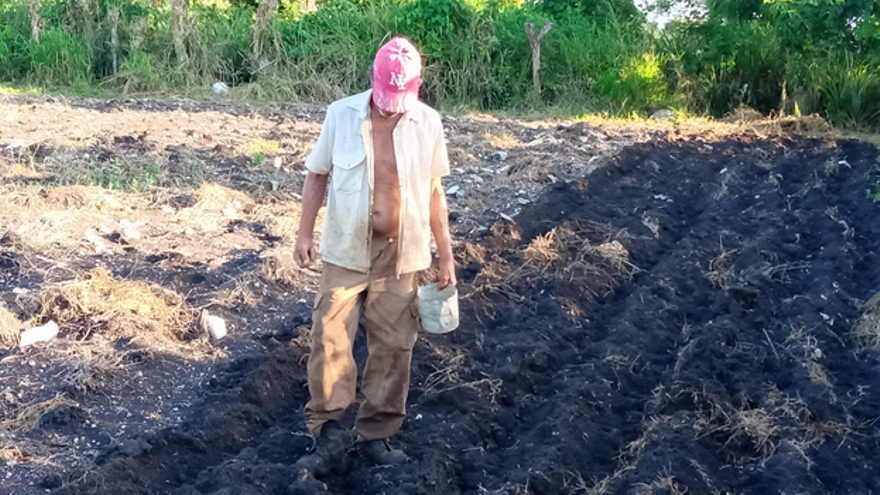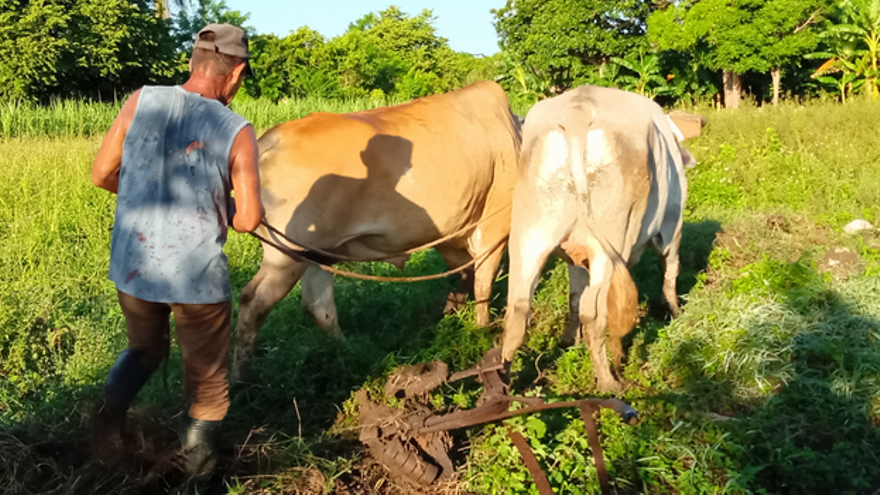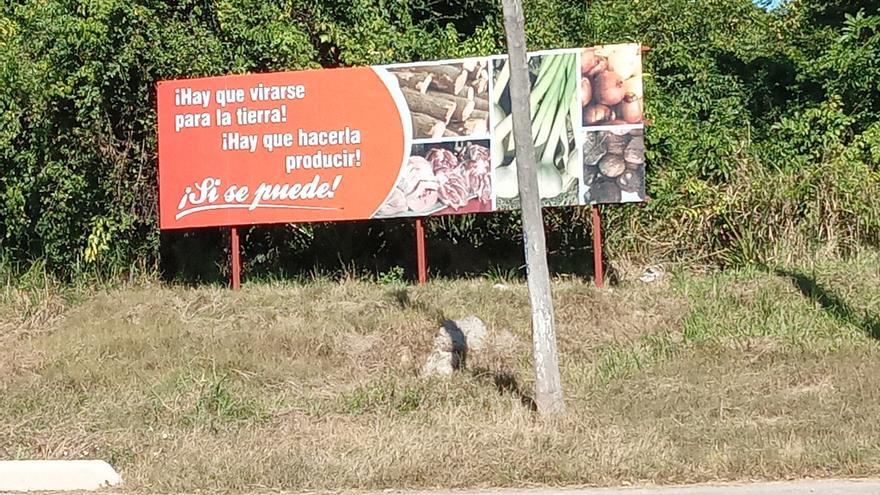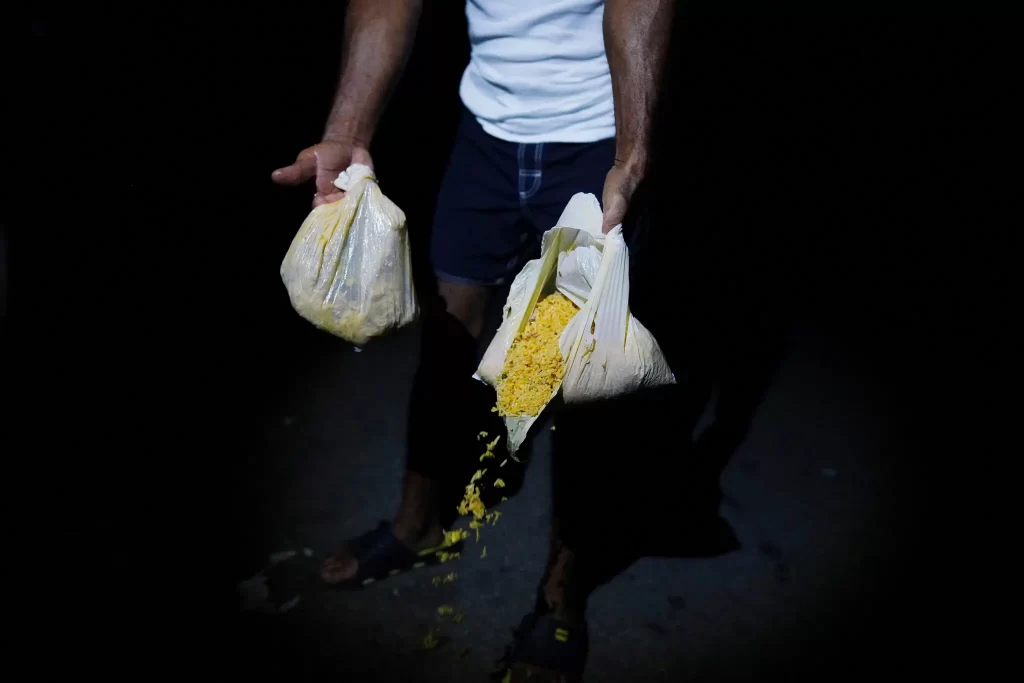
![]() 14ymedio, Elías Amor Bravo, Economist, 30 September 32022 — Analysts have been surprised that the Cuban communist regime has not openly asked for international aid to compensate for the disaster caused by Hurricane Ian. However, the regime has rushed to disclose information about the bank accounts authorized to receive emergency donations to Cuba that individuals want to make. They are always looking for fresh and anonymous money, and then they do with it what they like.
14ymedio, Elías Amor Bravo, Economist, 30 September 32022 — Analysts have been surprised that the Cuban communist regime has not openly asked for international aid to compensate for the disaster caused by Hurricane Ian. However, the regime has rushed to disclose information about the bank accounts authorized to receive emergency donations to Cuba that individuals want to make. They are always looking for fresh and anonymous money, and then they do with it what they like.
In addition, even in receiving help from abroad they are communists faithful to their ideological principles, and they put forward the failed economic rules of this doctrine, such as the fact that the Ministry of Foreign Affairs is the only one authorized on the Island to publicize the information on the accounts for the sending of funds to the Island, which, I stress, are then processed in a generic way.
This exclusivity of the regime in the collection and receipt of money has already been seen on previous occasions and seeks to close the way to non-profit entities, which in these situations are usually especially active. Diversity is not accepted in Cuba. To receive donations for the affected people after the passage of Hurricane Ian, only the two Minrex emergency accounts are valid. Take it or leave it. continue reading
In case there’s any doubt about it, the first of the accounts, as reported by the official newspaper Granma, was opened by the Ministry of Foreign Trade at the International Financial Bank under the name Emergency Donations. The account number is 03000, and the Swift code is BFIC.
The second account is at the International Bank of Commerce under the name Donations-Cuba. Its number is 0407610, and the Swift code is BIDC.
Through these two accounts, the regime aspires to raise aid funds that, in any case, will then be allocated to other priorities. They did it before, and there is no reason for them not to do it again.
Three deaths and severe losses in tobacco, food crops, communication routes and housing are a disastrous balance, to which is added the lack of power at the national level. The problems are growing, but someone in the regime has decided not to ask the world for money, but to publish the account numbers in two banks so that generous and sensitive souls can send their donations to the Island. I doubt that the European communist parties and their publicly funded associations will turn over aid to the regime. As always, the money will mostly come from Miami.
The economic estimates of the damage aren’t yet known, and without having that figure, undoubtedly distressing, the regime has decided to open its hand to see who pays and how much. It thanked the offer of help from Mexican President López Obrador and Venezuelan President Maduro, the only ones who have said something so far. The private entities on the Island will not have the same luck. Self-employed workers or land tenants who have lost their small businesses will hardly be able to apply for aid funds. The regime will not allow it. And, of course, the associative movement of the Island, essential at this time, will be removed from any action to receive funds.
If the communist regime worked otherwise, it would have a golden opportunity to demonstrate its transparency, continuously reporting on the money obtained from donations and, above all, the destination. There would be people who wouldn’t believe what they say, but it would be a positive step in showing transparency and clarity. They won’t do it. No one demands that they do. We won’t know how much money is received, nor how it is used. The model doesn’t work.
Translated by Regina Anavy
____________
COLLABORATE WITH OUR WORK: The 14ymedio team is committed to practicing serious journalism that reflects Cuba’s reality in all its depth. Thank you for joining us on this long journey. We invite you to continue supporting us by becoming a member of 14ymedio now. Together we can continue transforming journalism in Cuba.

